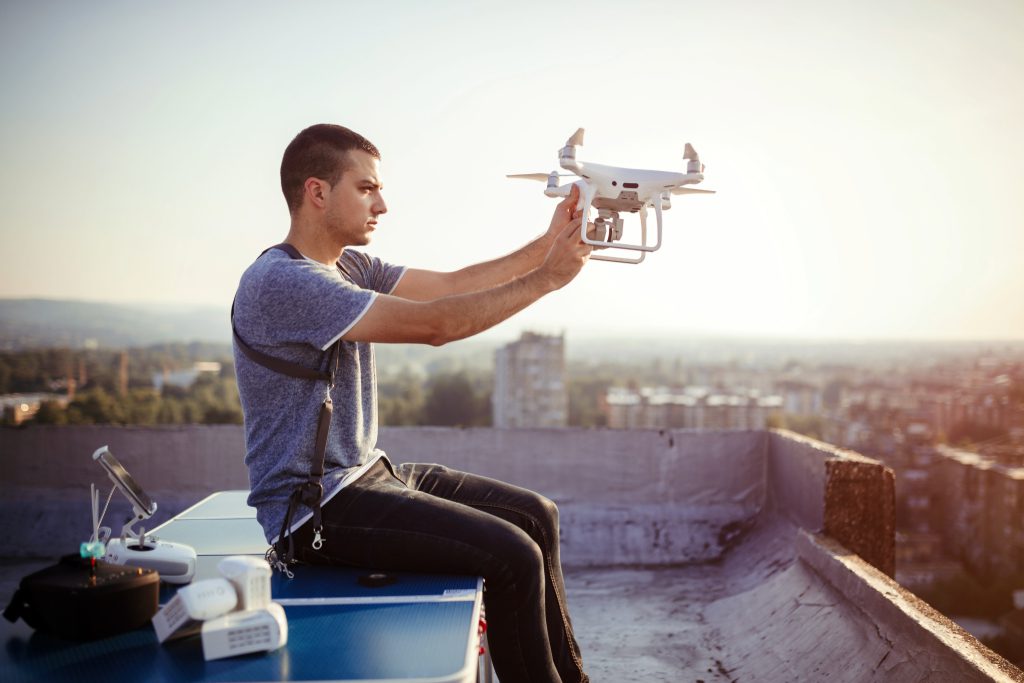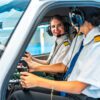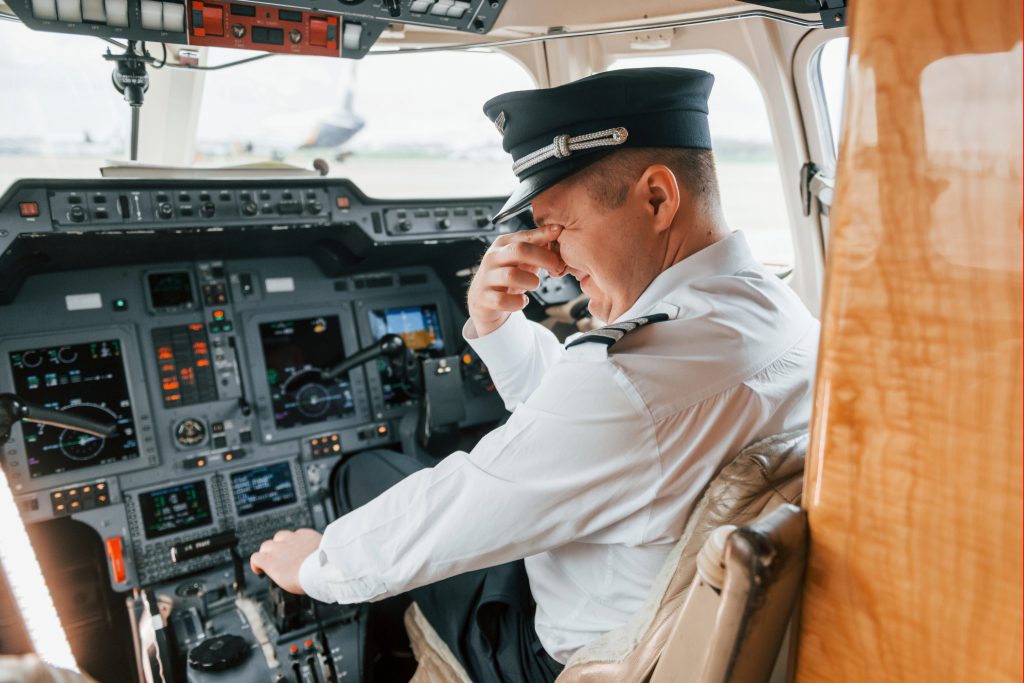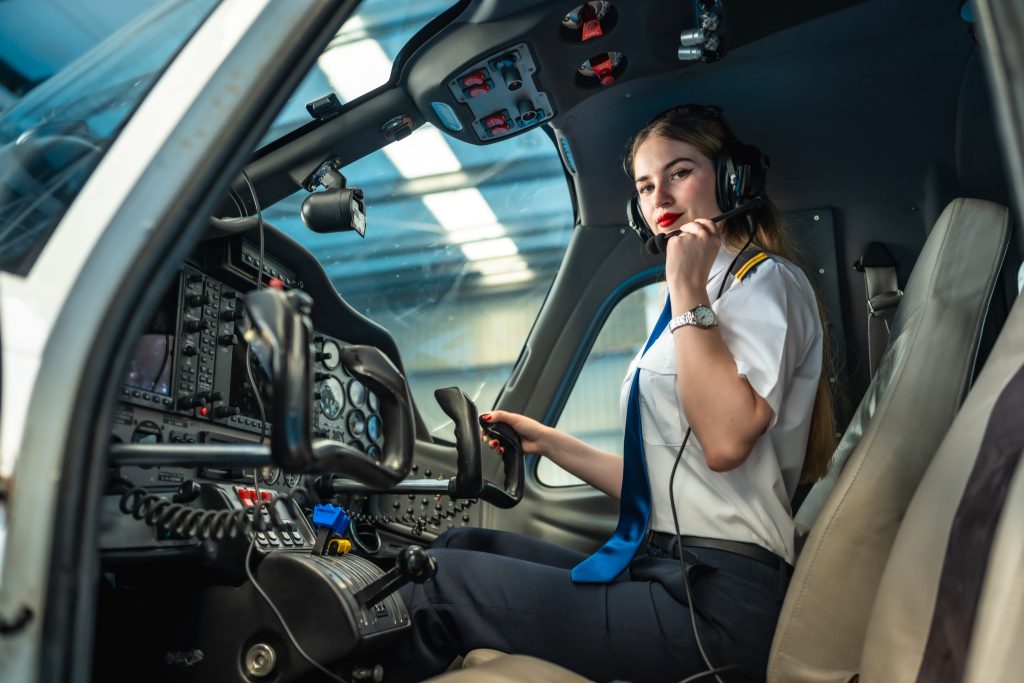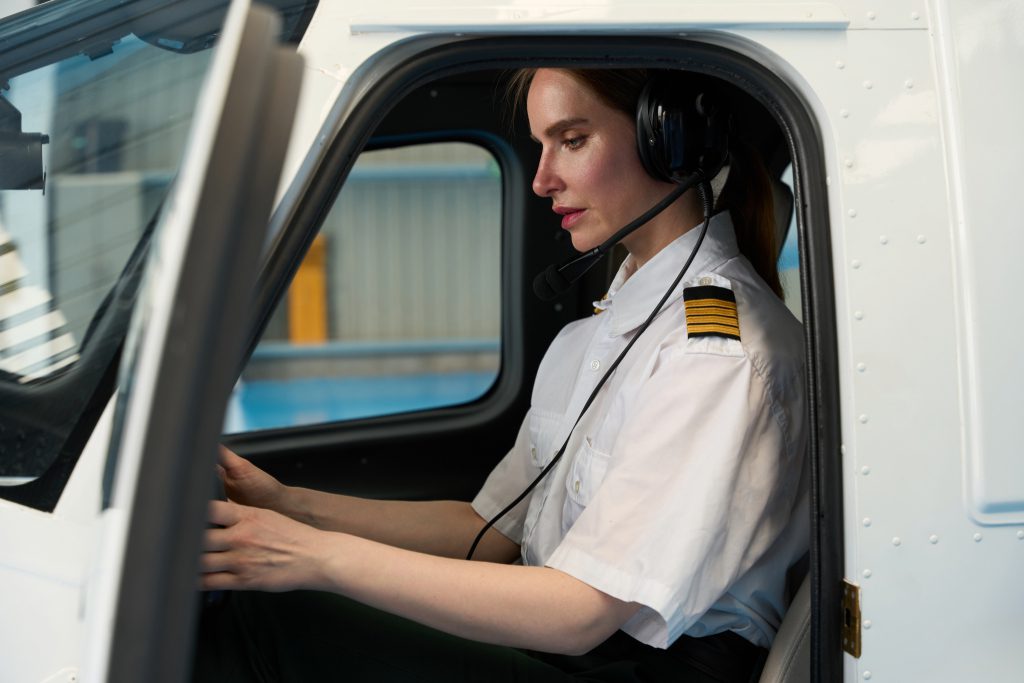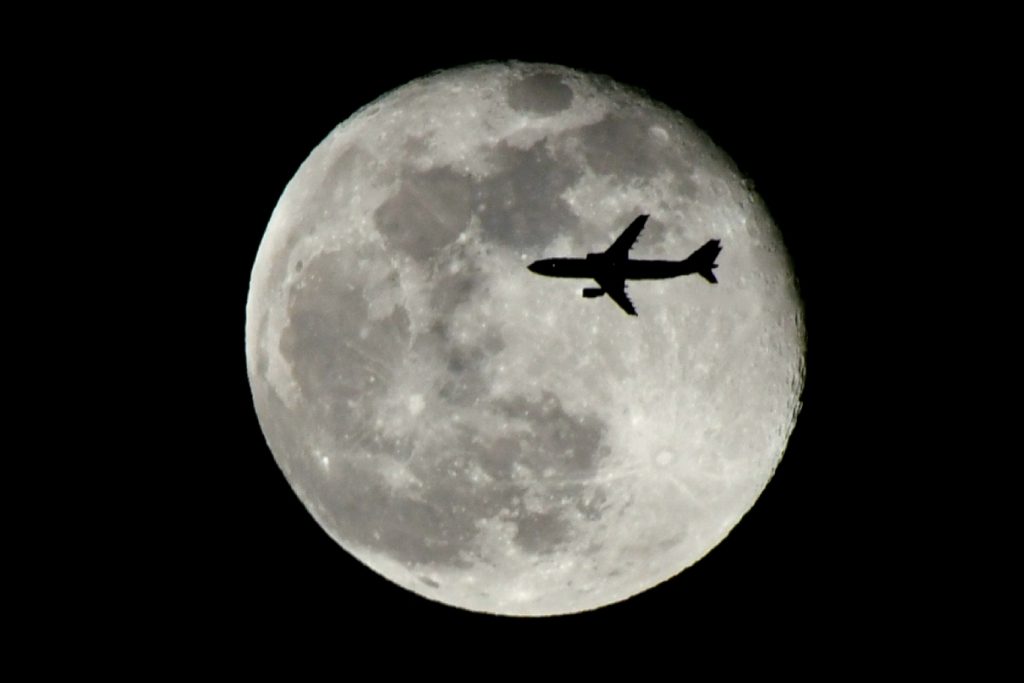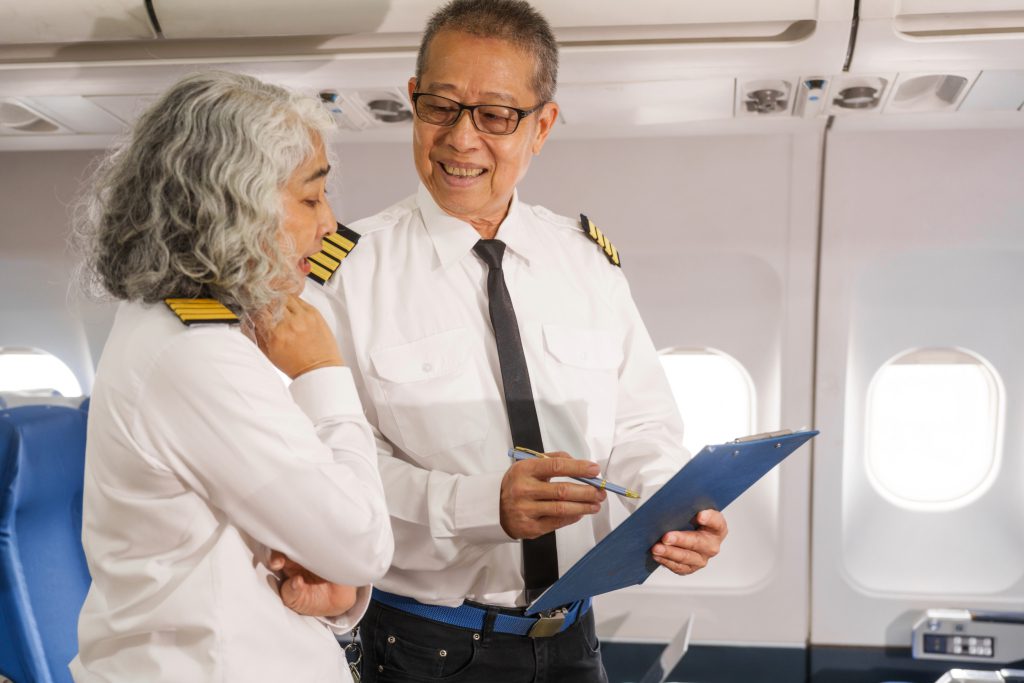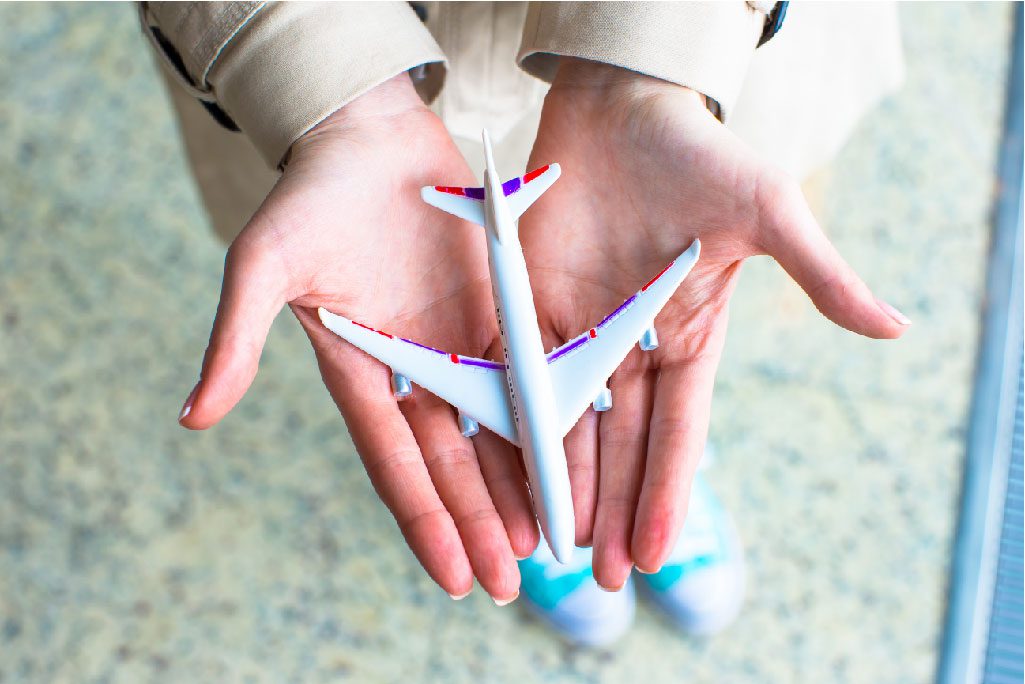The photo and video capturing industry and several other new industries have emerged, increasing demand for qualified drone pilots. However, it is easy to wonder how one makes such a leap from being a qualified remote pilot to a professional operator. This guide provides a simplified approach to the major steps, prerequisite qualification level, and necessary instructions to successfully obtain your Remote Pilot Certificate following the sUAS regulations guidelines set by the Federal Aviation Administration (FAA).
Understanding the Need for Certification
Operating a drone for commercial purposes isn’t as simple as taking it to the skies. To ensure safety and compliance with federal laws, the FAA mandates that operators meet specific qualifications. The Remote Pilot Certificate not only ensures that you understand essential regulations but also demonstrates your commitment to responsible usage.
Who needs this? If you’re using a drone for any activity that earns income—from real estate photography to mapping and inspections—the FAA requires you to hold this credential.
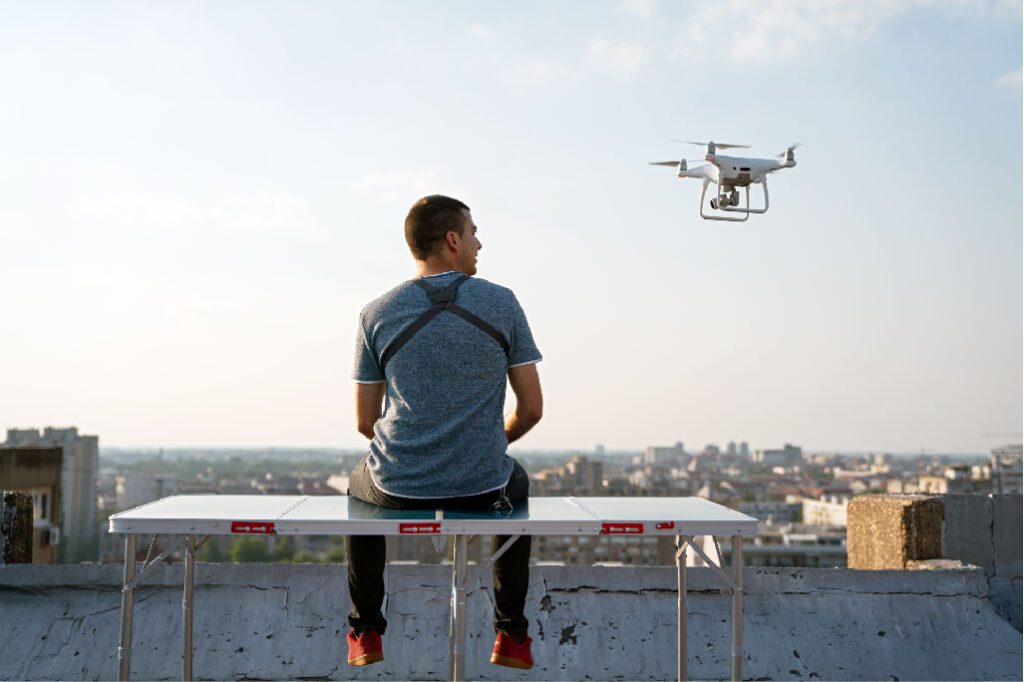
Steps to Became a Drone Pilot
- Understand the Requirements
To be eligible, you must:
- Be at least 16 years old.
- Be able to read, write, and understand English.
- Be in a physical and mental condition that allows safe operations.
- Pass the Aeronautical Knowledge Test
The core requirement is passing the Part 107 test, an aeronautical knowledge exam administered at a Federal Aviation Administration-approved testing center. It covers topics like:
- Airspace classifications.
- Remote regulations.
- Weather effects on operations.
- Emergency procedures.
- Obtain a Federal Aviation Administration Tracking Number (FTN)
Before scheduling your test, you’ll need to create an account in the Integrated Airman Certification and Rating Application (IACRA) system to receive an FTN. - Schedule and Pass Your Exam
Tests are conducted at authorized centers nationwide. Ensure you’re well-prepared by reviewing FAA study materials or enrolling in preparatory courses. - Apply for Your Certificate
After passing the checking, you’ll use the IACRA system to apply for your pilot license for drones. This step includes a TSA security background check. - Keep Your Certification Current
It must be renewed every 24 months by completing an updated knowledge exam.
Recommendations for Practice
- Study Thoroughly: Part 107 can be challenging, so invest time in resources or third-party training programs tailored for remote operators.
- Practice Operating Your Drone: While the exam focuses on theoretical knowledge, practical experience will make regulations and procedures more intuitive.
- Stay Updated: Laws and technology evolve rapidly, so continuous learning is essential.
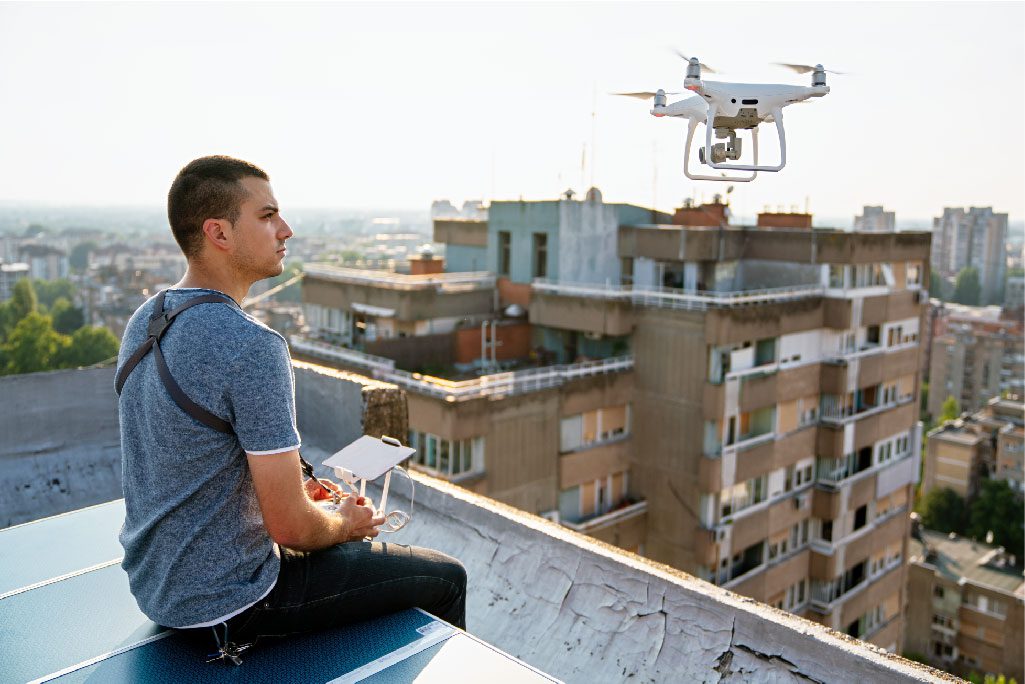
Why Certification is Important
Legal compliance is not the only reason as to why there’s a need for confirmation. With the growing market’s thirst for certified drone pilots in agriculture, construction, public safety, filmmaking, and other industries, getting your license also increases your employability opportunities. Also, it increases trust as clients and employers know that you are a professional.
Ready to Take Flight?
Start your journey as a certified drone pilot today! Whether you’re exploring new career opportunities or enhancing your skills, obtaining your Remote Pilot Certificate is the key to unlocking the full potential of drone technology. Visit FAA’s Drone Pilot Certification Page to begin your application and take the first step toward your aviation goals.

